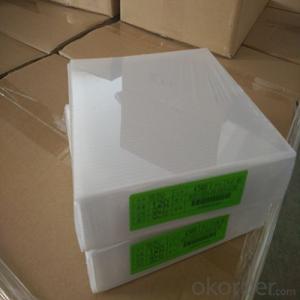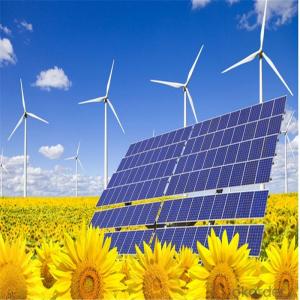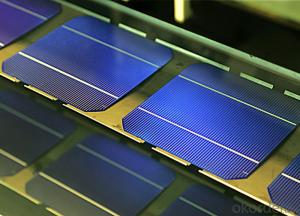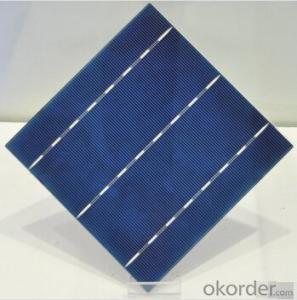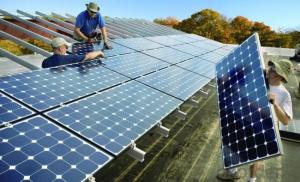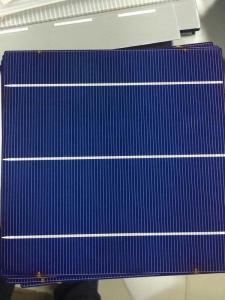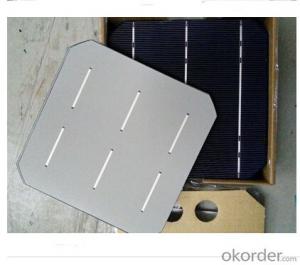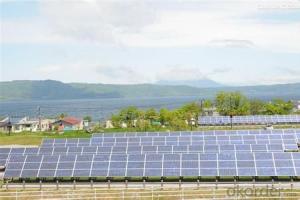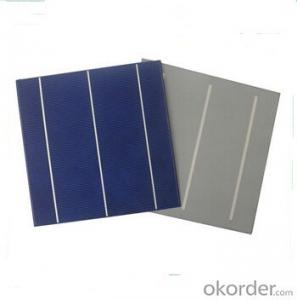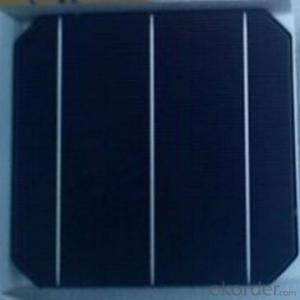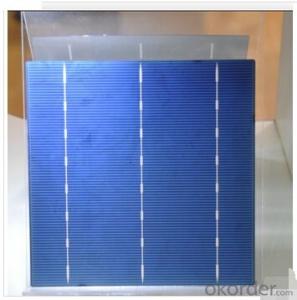Electric Solar Cells
Electric Solar Cells Related Searches
Except For Solar Cells Weegy Problems With Solar Cells High Power Solar Cells Light Trapping In Solar Cells High Performance Solar Cells High Output Solar Cells High Wattage Solar Cells Energy Transfer In Solar Cells High Efficiency Hvac Systems Recombination In Solar CellsHot Searches
Cheap Solar Cells For Sale Flexible Solar Cells For Sale Q Cells Solar Panels For Sale Printed Solar Cells For Sale Bulk Solar Cells For Sale 6x6 Solar Cells For Sale Broken Solar Cells For Sale Cpv Solar Cells For Sale Photoelectric Cells For Sale Price Of Silicon Solar Cells Price Of Solar Cells Over Time Buy Solar Cells From China Cheap Solar Cells China Best Type Of Solar Cells Flexible Solar Cells Price Q Cells Solar Panels Price 3 Types Of Solar Cells Production Of Solar Cells Common Types Of Solar Cells Q Cells Solar Panel PricesElectric Solar Cells Supplier & Manufacturer from China
Okorder.com is a professional Electric Solar Cells supplier & manufacturer, offers integrated one-stop services including real-time quoting and online cargo tracking. We are funded by CNBM Group, a Fortune 500 enterprise and the largest Electric Solar Cells firm in China.Hot Products
FAQ
- Yes, solar cells can be used to power large industrial facilities. However, the feasibility and effectiveness of using solar cells for such facilities depend on factors such as the size of the facility, its energy requirements, available space for installing solar panels, and the cost-effectiveness of implementing and maintaining the solar power system.
- The role of surge suppressors in solar cell systems is to protect the system from voltage surges or spikes that can occur due to lightning strikes, grid faults, or other electrical disturbances. These suppressors help to regulate the voltage levels and prevent damage to the solar cells, inverters, and other components of the system.
- The role of inverters in solar cell systems is to convert the direct current (DC) generated by the solar panels into alternating current (AC) electricity that can be used to power homes and businesses, or be fed back into the electrical grid. Inverters ensure efficient and reliable energy conversion, enabling solar energy to be used effectively as a renewable source of power.
- Solar cells play a crucial role in powering data centers by harnessing the energy from sunlight and converting it into electricity. By installing solar panels on the roofs or surrounding areas of data centers, these cells generate clean and renewable energy to meet a portion of the center's power needs. This reduces reliance on traditional energy sources and helps data centers become more sustainable and environmentally friendly.
- What diode does the solar panel use?
- The main difference between the two diodes in the application of solar energy is the conduction voltage drop, the Schottky 0.4V or so, the ordinary 0.7V or so, mainly depends on your solar cell output voltage, if the solar cell voltage is lower than 5V or even 2V
- Solar cells have a significant impact on national energy policies as they promote the diversification and decentralization of energy sources. By harnessing the power of the sun, solar cells contribute to the development of renewable energy and reduce reliance on fossil fuels. This, in turn, helps countries achieve their energy security goals, mitigate climate change, and enhance sustainability. Governments often incentivize the adoption of solar cells through policy measures such as feed-in tariffs, tax credits, and research funding, which further drive the growth of solar energy and shape national energy policies.
- Yes, solar cells are significantly impacted by shading. Even a small amount of shading, such as from trees or buildings, can drastically reduce the efficiency and output of a solar cell. Shading causes certain parts of the cell to receive less sunlight, resulting in decreased energy production. Therefore, it is important to install solar panels in areas with maximum sunlight exposure to optimize their performance.
















